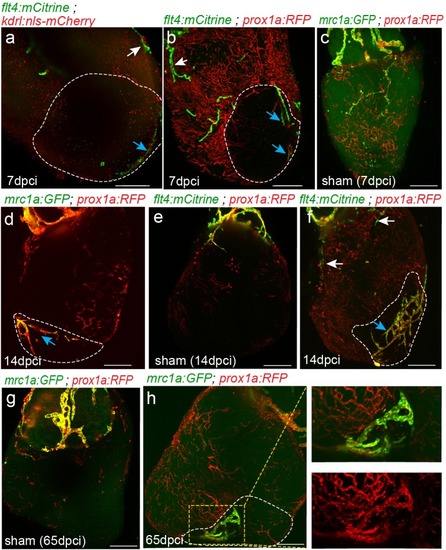Figure 6 supplement 1.
- ID
- ZDB-FIG-191230-1810
- Publication
- Gancz et al., 2019 - Distinct origins and molecular mechanisms contribute to lymphatic formation during cardiac growth and regeneration
- Other Figures
- All Figure Page
- Back to All Figure Page
|
Injured area is outlined in all images. ( |

